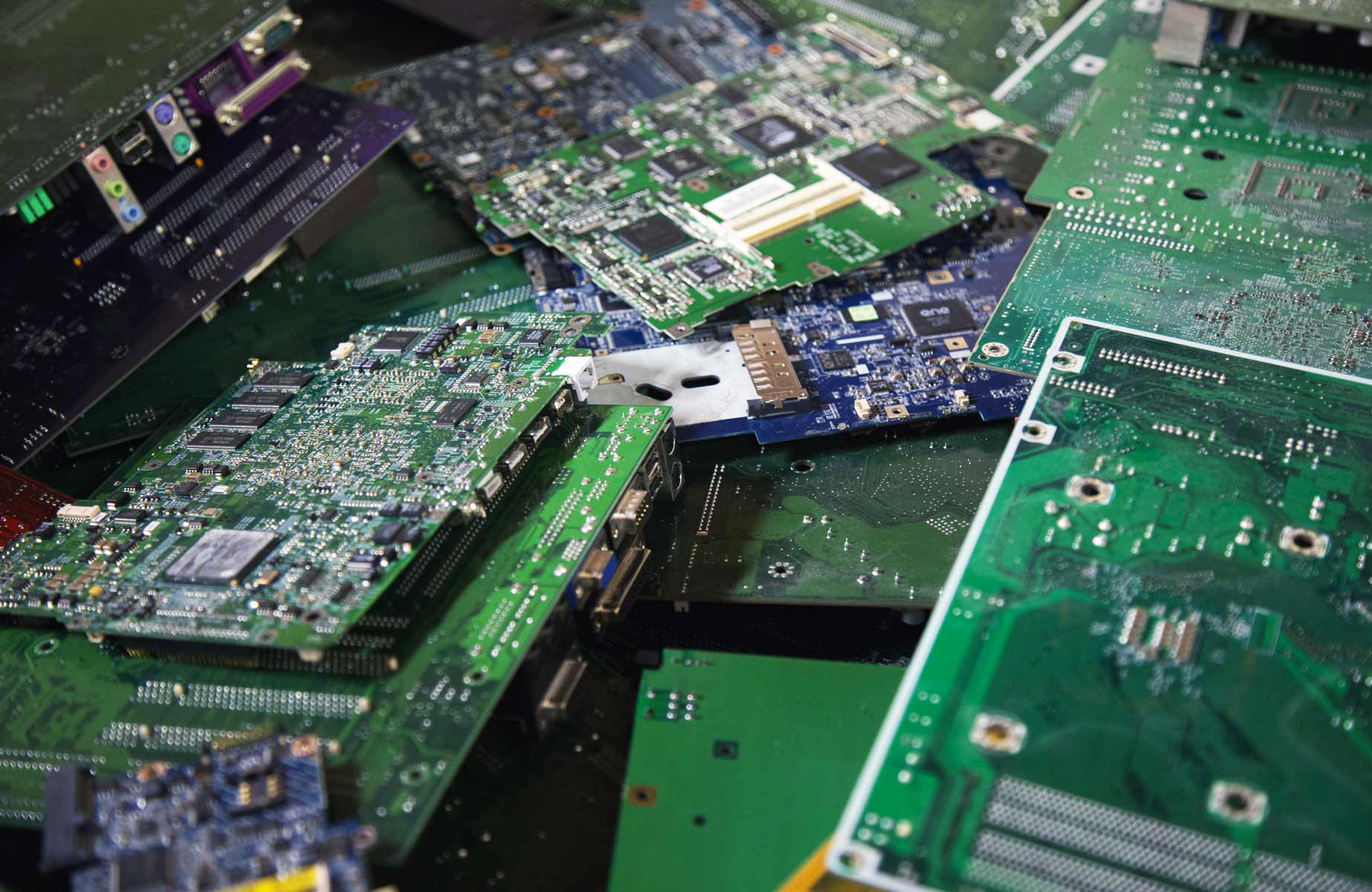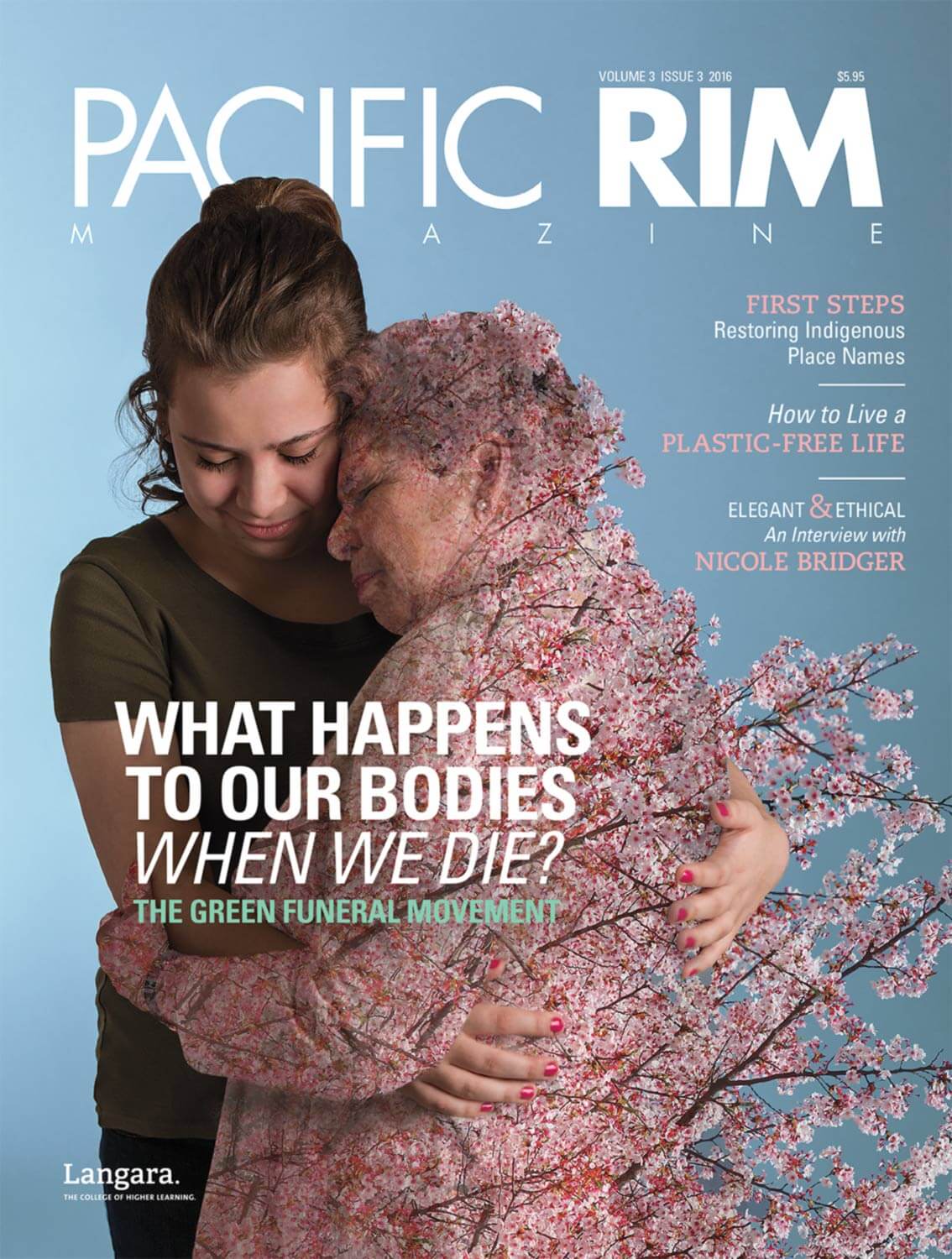Free Geek is an East Vancouver non-profit organization dedicated to giving technology a longer lifespan. Staff and volunteers repair donated computers, either giving away the fixed computers or reselling them at a low price. Free Geek also hosts a weekly open help night, which transforms their warehouse into a space bustling with chatter as people learn to fix their devices or to install free, open source software on their personal computers. Surrounded by mountains of boxes filled with used laptops, Michael Frost describes his position as Free Geek’s laptop build coordinator as the best job he has ever had. “Our main thing is rebuild and re-use. We’re known for recycling, but that’s the smaller part,” he says. Organizations like Free Geek are built on the belief that learning technology repair skills can be empowering, while also benefiting the environment and saving people money.
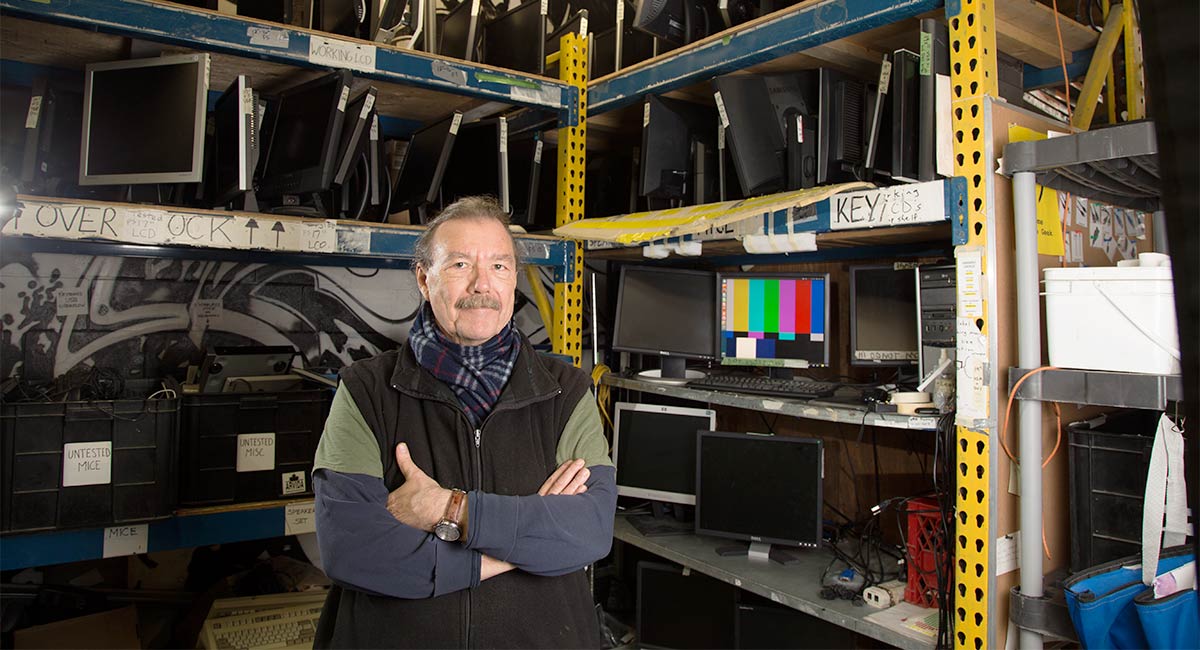
E-waste
Repairing and re-using electronic devices can help curb the creation of e-waste. United Nations University (UNU) defines e-waste as all electrical apparatus that has been discarded without intention of re-use, including computers and smartphones, as well as other electronic devices like televisions and microwaves. UNU’s most recent report on e-waste found that over 41 million tonnes of e-waste were generated globally in 2014.
Kyle Wiens is the co-founder of iFixit, an organization based in San Luis Obispo, California, that creates and freely shares repair manuals for thousands of electronic devices. He believes that major electronic manufacturers play a significant role in the creation of e-waste. Most tech companies will not provide repair manuals for their devices, he explains, and many electronic devices have become increasingly difficult to repair. In 2015, he attempted to disassemble and rebuild Apple’s new Retina Macbook Pro, ultimately giving the device a repairability score of 1 out of 10 (10 being the easiest to repair). The Retina laptop’s sealed and fused construction makes repairs difficult or in some cases impossible, argues Wiens. Just opening up the back of the laptop poses a challenge because the device is held together with tamper-resistant security screws, which, according to iFixit, “clearly have one purpose: to keep you out.”
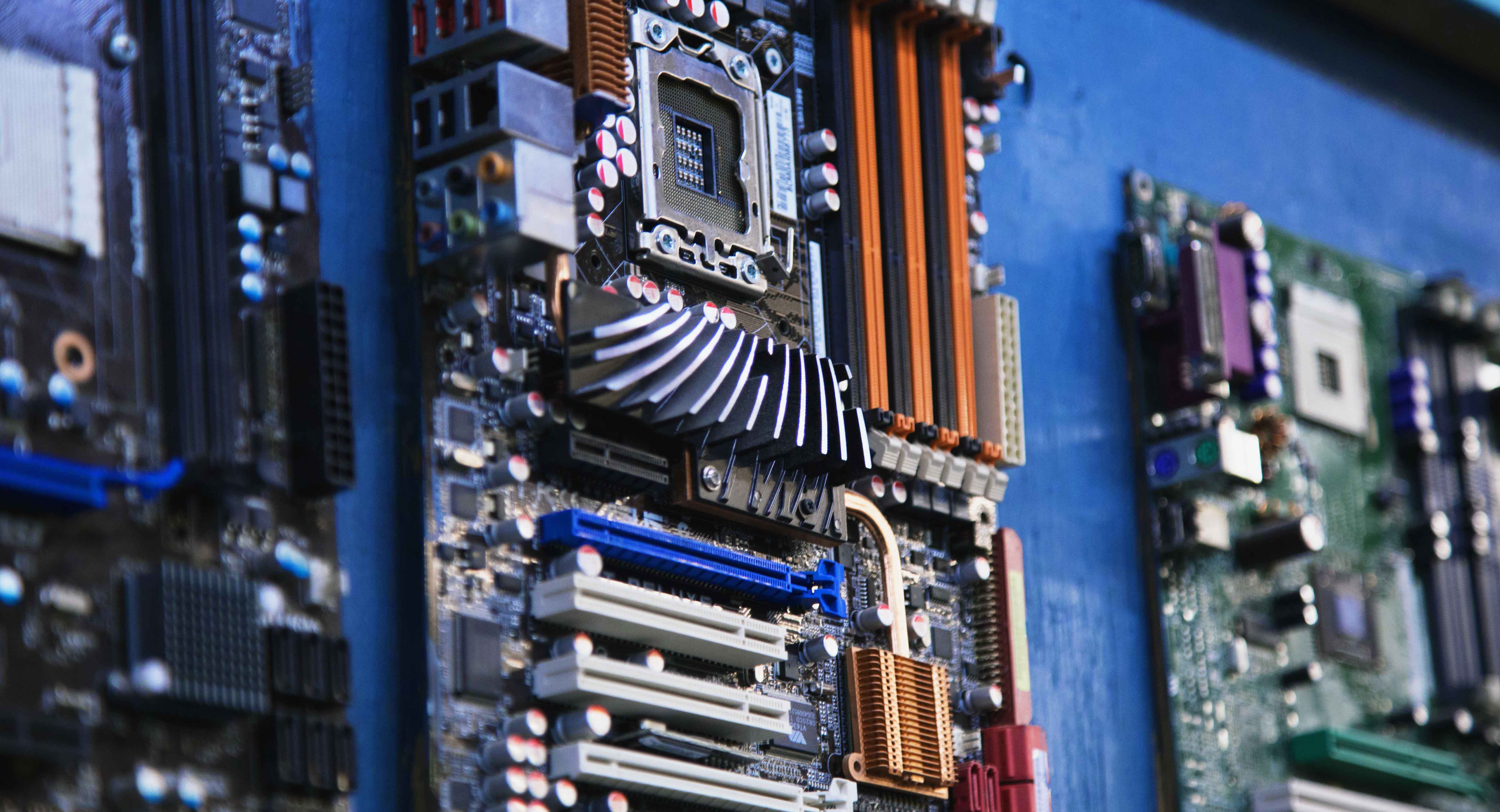
Transshipment of E-waste
Many of us do not consider the fate of our electronics when we drop them off to be recycled, or the potential that our devices could end up in another country for processing. UNU’s 2014 report states that, “the global trading of electronics and substandard recycling in developing countries has led to environmental catastrophes in places like Guiyu, China”—a town with 150,000 residents in the Guangdong Province. Jack Hayes, PhD, professor of Asian Studies at Kwantlen Polytechnic University, explains that e-waste is extremely toxic and can cause serious environmental damage and health problems in countries that receive and process the world’s e-waste; for this reason, the transshipment of e-waste from Europe and North America to countries like China is illegal.
In Junkyard Planet: Travels in the Billion Dollar Trash Trade (2013), Journalist Adam Minter investigates the e-waste trade in Guiyu-a place he has traveled to numerous times between 2003 and 2015. “Guiyu is not a nice place, but it’s a hell of a lot better than it was in 2003, and it’s a hell of a lot better than 2007,” he says. Hayes also notes that the amount of e-waste that is illegally shipped to China has gone down in recent years due to increased public awareness of the issue and stricter enforcement laws in China. Minter thinks it is a big misperception that the people who are processing e-waste are somehow forced into the work; people go to Guiyu because the work pays well, he says. “There’s this dialectic that there’s this wealthy West that is dumping [e-waste] on these poor, helpless Chinese and it’s completely wrong,” he explains. Minter is weary of the way Guiyu is portrayed in the mainstream media, arguing that, “As anything in China, it’s far more complicated than what is commonly depicted.”
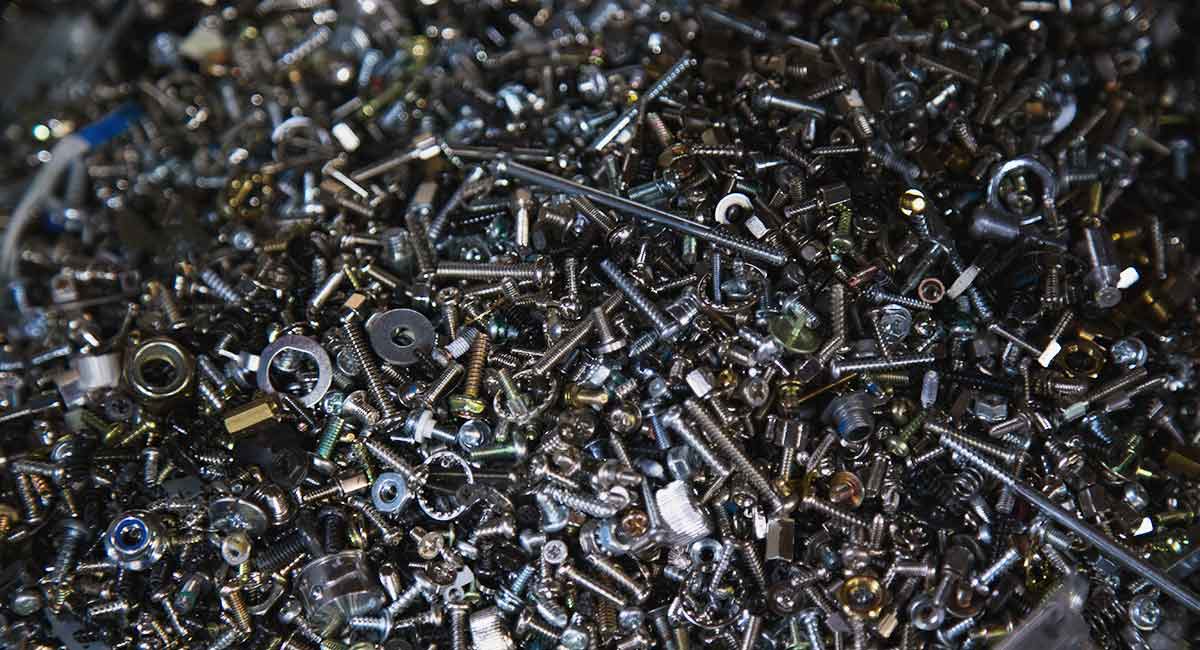
In Junkyard Planet, Minter explores the re-use sector of the e-waste trade in Guiyu. When Minter asks an e-waste trader about the re-use value of his clunky old cell phone, the man informs him that its parts have value. The trader tells Minter that the chip in his old phone is the kind used in creating scrolling electric signs, and there is value in its screen and memory. Parts of his device could go on to have a second life, even if it is no longer desirable as a phone.
Kyle Wiens argues that e-waste represents only part of the environmental damage caused by the high consumption and frequent replacement of electronic goods. “Just look at the companies that are mining rare earth metals in northern China—it’s phenomenal how much damage they have caused and are continuing to cause,” said Wiens in an interview with Scrap Magazine (November/December 2015). He further argued that, “The real e-waste tragedy is that we’re not leveraging the material that goes into these devices as much as we could.”
Increasing the Lifespan of Devices
Wiens wants to make it easier for people around the world to fix their electronics. Besides creating and sharing electronic repair manuals, his organization, iFixit, has also partnered with Electronic Recyclers International (ERI) that have eight locations in the United States and process over 250 million pounds of e-waste each year. iFixit pays ERI for electronic parts that would otherwise be shredded, and sells the parts to people who want to repair their devices. Wiens believes that efforts geared at reducing e-waste have, “to involve products that last a long time. It’s not going to involve manufacturing two billion new cell phones every year like we’re doing right now” (Scrap Magazine, November/December 2015).
For people who would rather learn repair skills in person, there are Free Geek organizations in a number of Canadian and American cities that offer free, hands-on help. Learning to fix a computer or phone, whether from an online manual or at an organization like Free Geek, creates a more engaged relationship with the technologies we use every day. iFixit’s Self-Repair Manifesto states that, “repair connects people and devices, creating bonds that transcend consumption.” Increasing the lifespan of our devices is a tangible way to minimize the environmental effects of tech manufacturing and recycling.





